Category Archives for "Blog"
Posts that have edge-case related tests
Posts that have edge-case related tests
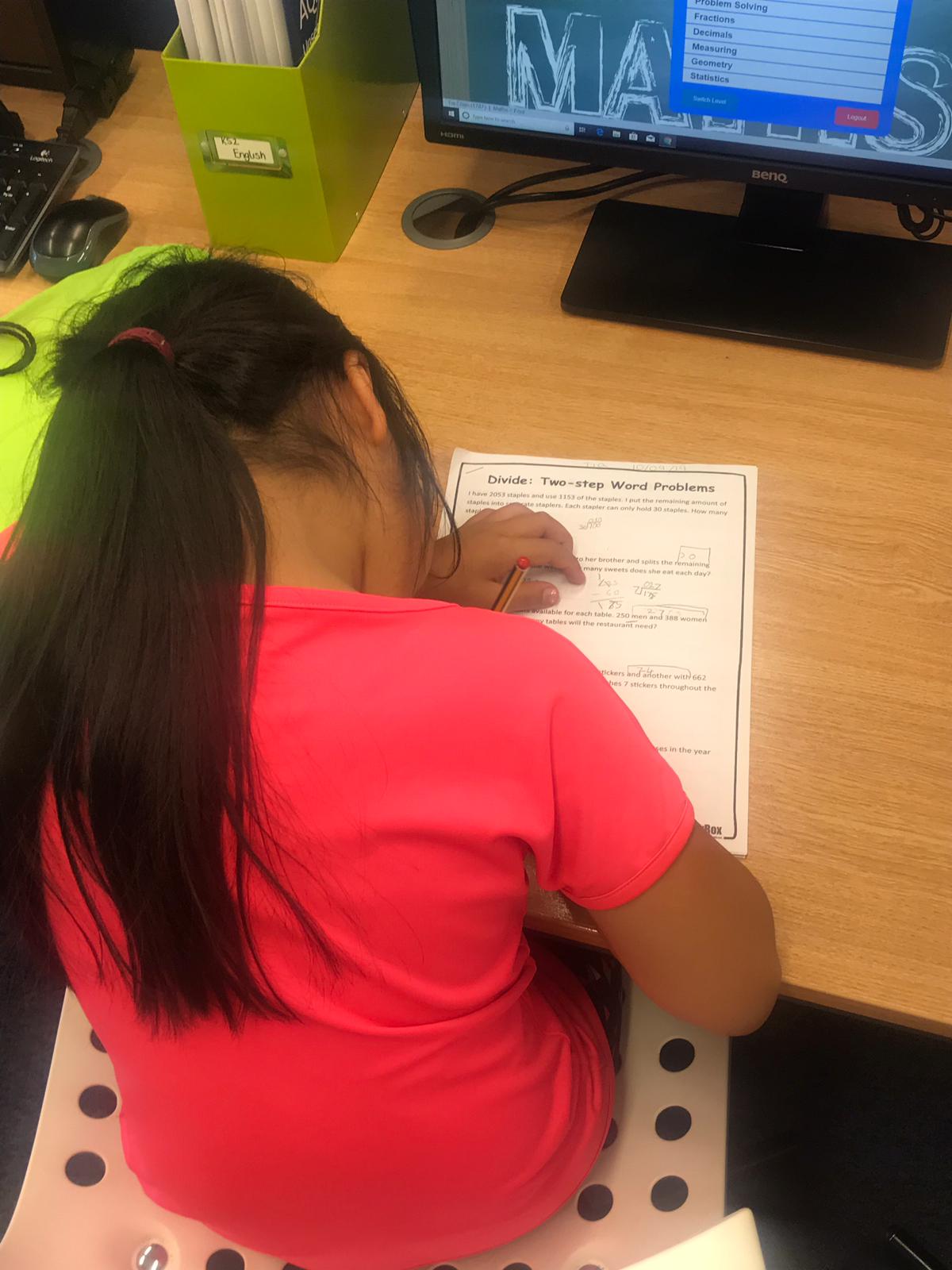
It’s normal for children, as well as parents, to worry about exams!
But with the right revision and preparation, revision has never been so easy…
Exam season doesn’t have to be daunting, and with the right planning and preparation your child will feel more confident.
3 ways to kick-start your child’s revision will help with their work ethic and organisation.
It’s not just about revision, it is also important to maintain a healthy lifestyle and have a peaceful setting to revise in.
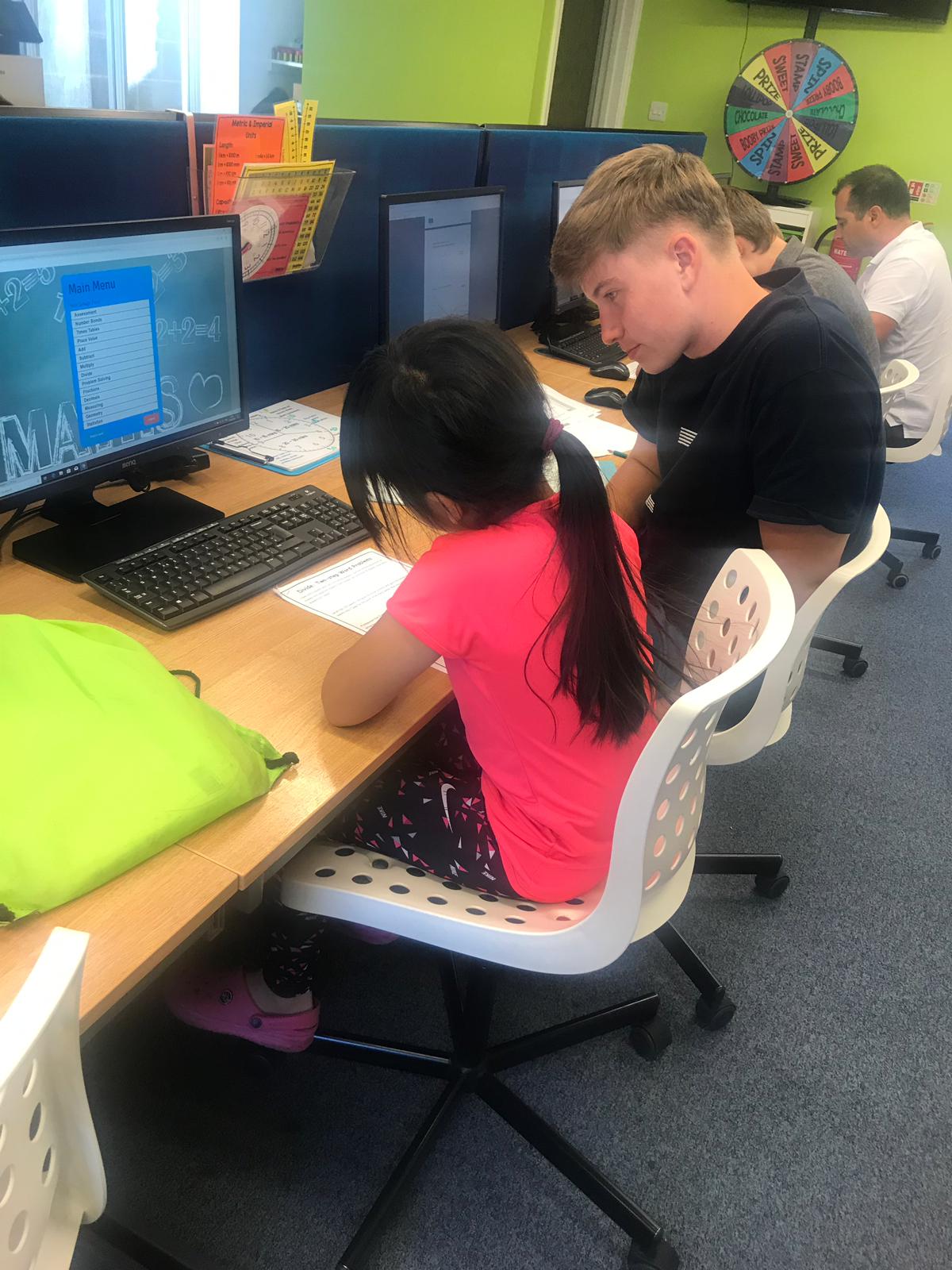
The way that children’s brains are wired is completely different to adults, which is why children’s attention spans are typically shorter.
Have you ever wondered how you can improve your child’s attention span so that their focus can improve when learning?
You can make learning fun by incorporating games into daily activities. Try playing card games like ‘Memory’ or puzzles like Sudoku or Crosswords, these will improve attention span as well as focus. If you take away electrical gadgets like smartphones and tablets it will be less distracting, allowing your child’s concentration to be solely on the activity.
By creating a distraction-free environment, your child will have somewhere dedicated for studying and completing work. This is a space where they can focus on the task they are completing without being tempted by the TV, mobile phones or other distracting electronics. Create an environment that is comfortable and calming for your child so that it makes the tasks enjoyable. If they concentrate best by listening to calming music, then why not try putting on soft background music. Make sure everything that your child needs is accessible so they don’t have to get up and search for anything.
By creating a timetable for daily activities, your child will have a structure to follow and know what they need to complete. If there’s a set time for completing homework, having dinner and other activities like reading, it can help to program their mind so they are aware of what they need to get done. This will also help with time management and organisation!
You can help your child with their concentration skills a number of ways! Training children’s brains to focus is something that will benefit them throughout their life. Concentration can be improved through brain training games, creating a peaceful environment for completing tasks and setting a routine to follow.
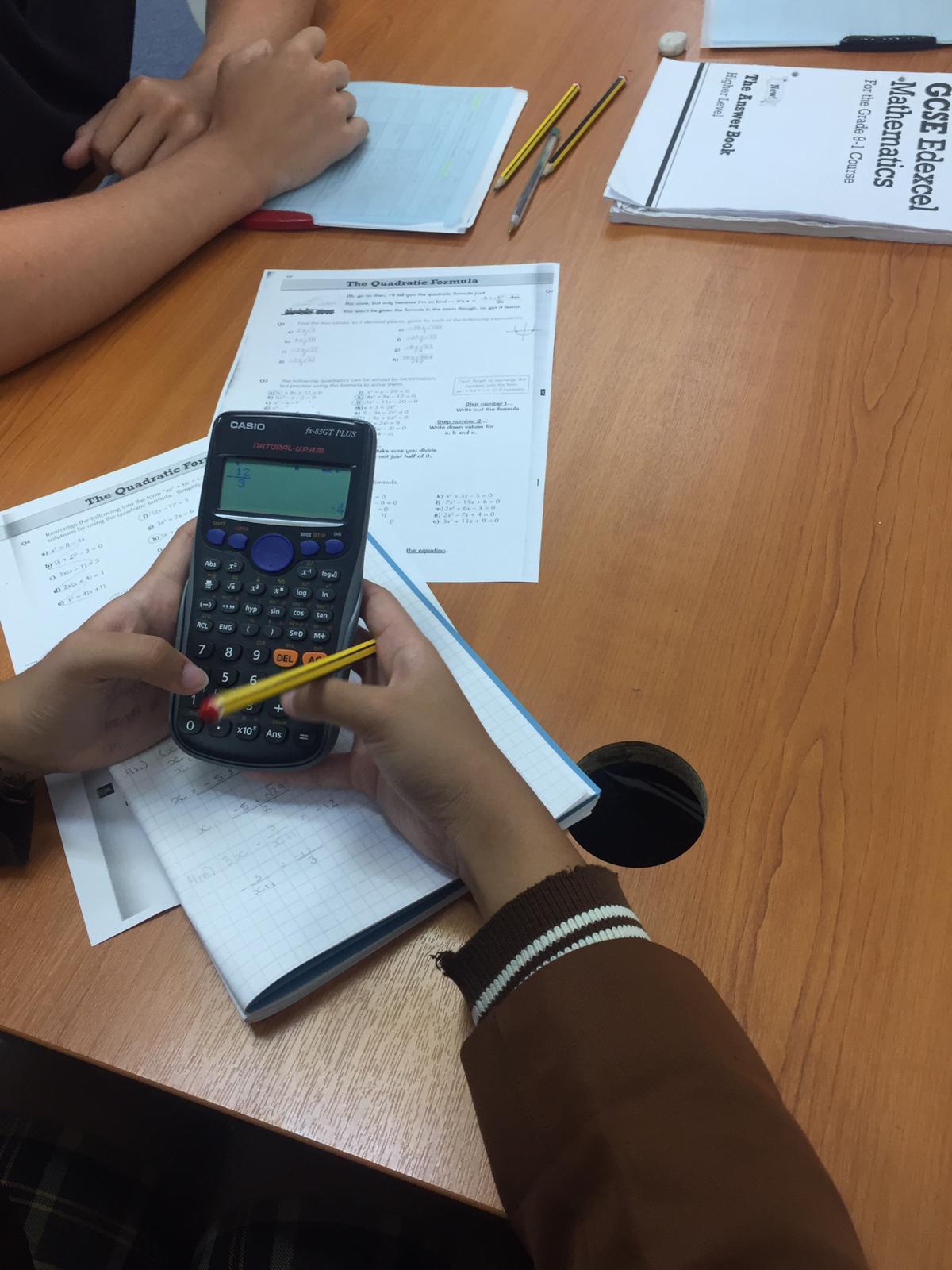
If you’re wondering what you can do to improve education, why not try our 3 ways to help your child at home with their work:
There are plenty of opportunities as a parents to help your child at home with their education.
Try our 3 ways to help your child at home: assisting with schoolwork, setting a routine to help time management and completing tasks, and maintaining a healthy lifestyle by getting plenty of sleep and having a healthy diet.
If your child needs any extra help in difficult subject areas, why not consider additional tuition with StudyBox?
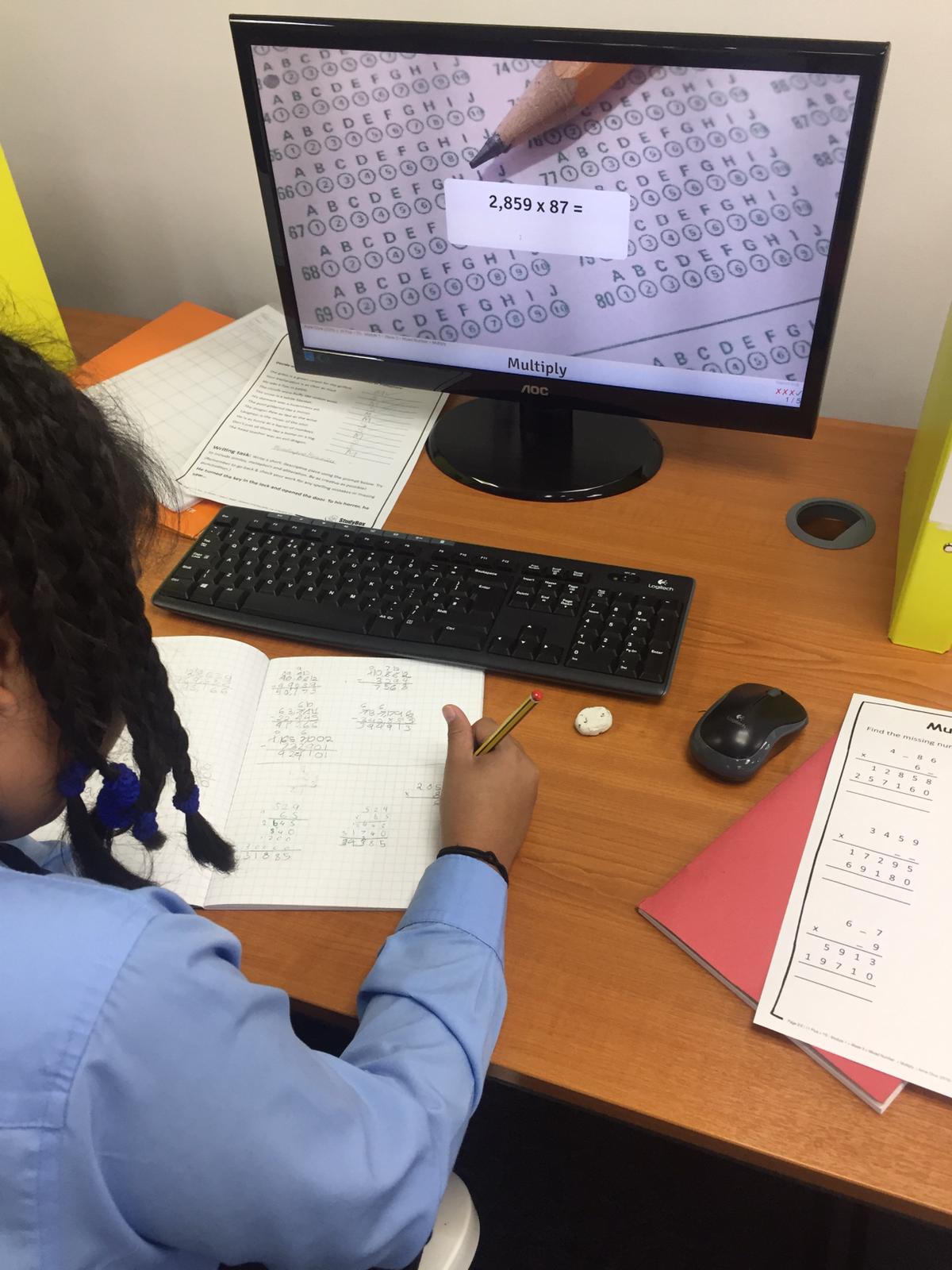
As a parent, you can apply their individual style and use this method to help them learn!
Study tips:
Study tips:
Study tips:
Study tips:
Study tips:
Identifying how your child learns best can help you to assist them with learning the most effective way possible. For example, if they are a visual learner, drawing out mind maps with revision notes can help them by seeing the information in front of them.
They can apply the way they learn to any situation by adapting the material to their learning style. This will stay with them for life, as they can learn effectively through using their own, unique method with the task they are set.
For other learning techniques, like engaging children with their learning, read more on our blog.

Encouraging your child to expand on their vocabulary from a young age is essential.
It will help them to communicate effectively and make a difference with school work.
Having an expansive vocabulary is beneficial for writing, exams and general communication.
There are endless ways for improving your child’s vocabulary at home.
Using exciting vocabulary when having a conversation, playing word games and encouraging reading for pleasure are just a few ways to do this.
A wide vocabulary has numerous benefits, so why not expand on language from a young age!

Example:
2/3 – 1/3
2 – 1 = 1
= 1/3
Example:
7/8 – 1/4 (Make the denominators the same)
7/8 – 1/8 (Do the same to the numerators)
1 x 2 = 2
7/8 – 2/8
Now subtract the numerators.
7-2 = 5
= 5/8
 so this represents 1/4
so this represents 1/4
 and this is 1/3
and this is 1/3
Subtracting fractions in 3 simple steps has never been easier!
Firstly teach your child the basic rules, labelling the numerator and denominator.
When the denominators are the same, the numerator simply has to be subtracted to get the answer.
When the denominators are different, a multiple of both denominators needs to be found.
Once this is complete, the same must be done to the numerator. Finally, subtract the fractions!
For additional help with subtracting fractions, click here.
If you are interested with other maths activities, like teaching times tables, find out more here.
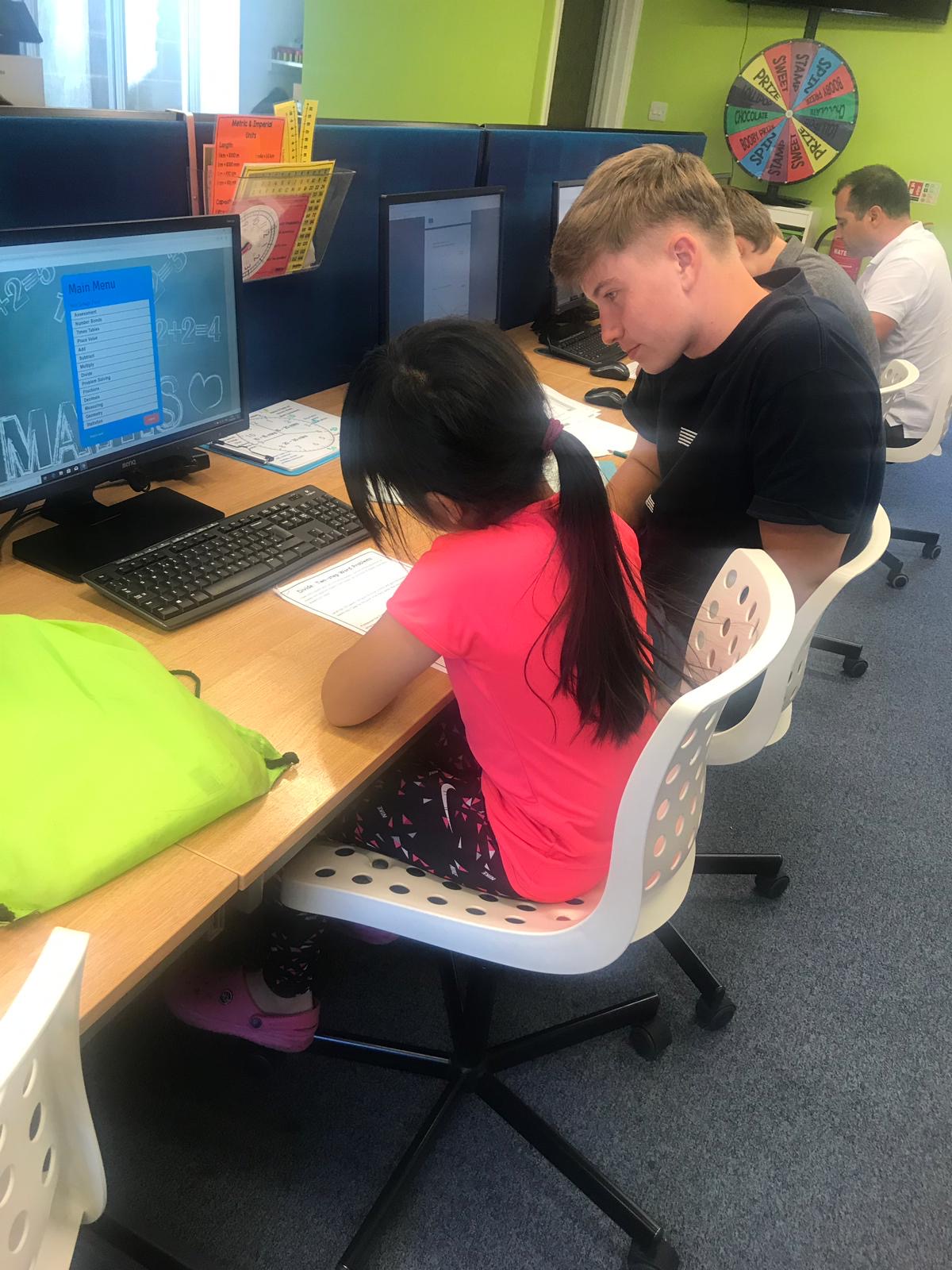
The English language can be challenging to grasp, especially for children learning how to spell. Helping children with their spellings doesn’t have to be difficult though!
Try these tips for making spelling that little bit easier for you child.
Helping children with their spellings has never been easier. Learning spelling patters and rhymes allows certain spellings to be remembered with ease. For some tricky spellings, there is no pattern, like words with silent letters – so these ones have to be memorised. Testing your child on their spellings by giving them weekly spelling tests will help them to remember spellings and letter patterns. For those tricker spellings, make a note of them and go through them together until they are perfected!
Click here for a list of challenging spellings to test your child on.
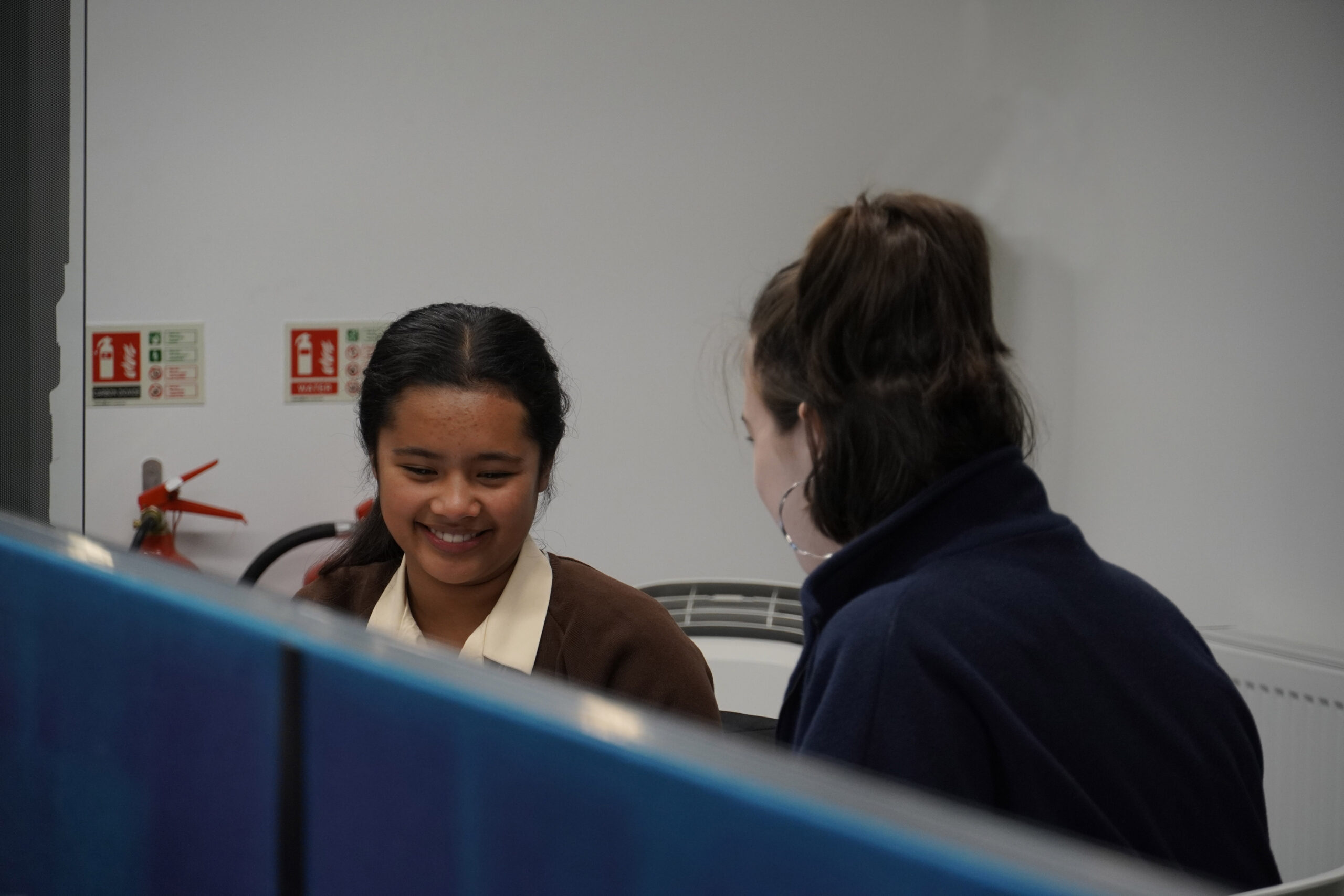
Keeping children’s focus and maintaining their full attention can be challenging when it comes to learning. This is because not all children will be motivated in every subject they do. This is why trying a range of techniques can be useful for maintaining interest with the topic being taught.
Going through work with your child that they are currently working can help keep on track with their progress. Perhaps try talking to them about their day at school. Ask questions like:
Anything they struggle with you can recap together. This will help your child to understand the subject as well as reflect upon their learning.
As well as reflecting on the challenging material, ask them what their favourite subject(s) are. You can encourage and motivate them in what inspires them, too!
Children are constantly learning and like to be rewarded when they’ve been working hard. Helping them recognise that they are progressing with learning and doing well will encourage them in education.
Rewarding can be given in many forms, either something tangible like a treat or in verbal praise, maybe an activity or day out.
These rewards can also vary depending on what has been achieved, for example verbal praise can be given when they have aced a spelling test. Something larger, like a fun day out can be for achieving top marks in an exam or a positive report card.
Discover whether your child learns best through auditory, kinaesthetic or visual learning. Auditory learning concerns learning through hearing, whether it’s listening to music which aids the learning process or repeating study notes aloud. Kinaesthetic learning is learning by doing, this could be acting out something or creating something, like colour coded notes. Visual learning when the learner helps by seeing what is being taught. This type of learner can write out notes, create a poster or draw.
Knowing how your child learns best is a step towards engaging them with learning. Everyone has a unique way of learning so identifying how your child learns most effectively will make learning fun and achievable. Keeping on track with their learning by knowing what they are being educated in and asking them how they feel about the material. This will help to identify which areas they need help in and offer positive encouragement to reward when they are doing well.
If you’re looking for other strategies to help with your child’s learning, like how to mitigate your child, read more on our blog here!
If you’re interested in the 3 ways to engage children with learning, read more about learning engagement theories here.

Motivating your child with learning and education doesn’t have to be a challenge. There are many ways parents can help their children stay on track with school work and learning, through monitoring progress, positive encouragement and being supportive.
Trying different approaches to motivate your child with learning is good for keeping on track with academic progress. For ideas on how to make learning fun for children, look at our blog here.
Read more about science-based approaches on motivating children here.
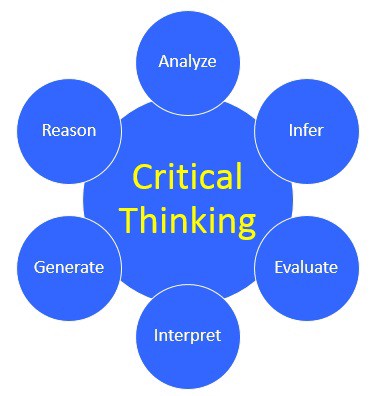
Researcher Ellen Galinsky identifies the ‘Seven Essential Skills Every Child Needs’ in ‘Mind in the Making’ theory. She suggests that ‘to navigate the world, children need to focus, to determine what is important and to pay attention to this, amid many distractions. Focus is one of the essential skills we need to promote in our children.’
Channelling the executive functions of the brain helps us manage our attention, emotions and behaviour, in order to reach our goals. This is why it is useful to introduce critical thinking in children, in order to form concepts and judgements.
‘It is clear that there is information children need to learn – facts, figures, concepts, insights, and understandings. But we have neglected something that is equally essential – children need life skills.’
Blocking out distractions and learning to focus is a skill needed throughout education. This involves focusing on goals and grasping concepts that are taught by focusing undivided attention on what is being taught.
Figuring out how things work through play. Learning cause and effect, creating different reactions through different modes of play. This is how hands-on learning helps with developing critical thinking.
Providing time to think and reflect upon the task or activity they are completing. It is important to let children have time to work out solutions for themselves before assisting.
Wait and allow time to encourage children to learn for themselves before giving them a hand. This helps them develop executive functioning skills, a range of skills that help with staying focused and self-monitoring.
Instead of providing the answers to questions children ask, try and help them by asking what they think the answer could be. This aids with critical thinking, as they will learn to become inquisitive and think rationally instead of asking for the answer. Encourage children to think about what they have asked and what they think about it.
Inspire learning by encouraging children to investigate further, whether it’s for educational purposes or for reflective thinking. Ask why they’ve come to a certain conclusion, whilst thinking about the learning journey.
Innovative thinking helps to develop children’s problem-solving skills. Help them to form their own views and opinions by questioning their processes and methods. Monitoring their learning and thinking of new ways to learn and considering all of the solutions of the learning process will change the way they think, encouraging critical thinking.
Encouraging critical thinking in children helps them to be driven by learning goals. It’s a method that involves using memory to keep a number of different concepts in mind at the same time, whilst paying attention, thinking flexibly and avoiding going on automatic pilot. Through applying all seven executive functions, it allows us to monitor feelings and thinking so we can ‘reflect, analyse, plan and evaluate.’
If you’re interested in Ellen Galinsky’s ‘Seven Essential Skills Every Child Needs,’ read more about it here.
Wondered how to make learning fun for children? Find out more on our blog.